In 2008 (and later in 2009), MOE launched its first Junior Sports Academies to provide talented young athletes in specific sports with opportunities to be mentored by quality coaches over a multi-year period. The first Junior Academies focused on athletics, badminton, swimming, table tennis and Wushu. Subsequently, MOE added Junior Academies in fencing, football, gymnastics and shooting and three Youth Academies for older students.
In 2009 Prime Minister Lee Hsien Loong opened the Sengkang Sports and Recreation Centre — the first of a new generation of sports facility planned by SSC to better serve the people of Singapore. Praised for its inclusivity and universal design principles, the venue was the first collaboration between SSC and the People’s Association.
The shared property received the “Universal Design Award for the Built Environment” from the Building and Construction Authority. Since then, Sengkang SRC has become a town gathering place where people of all ages and abilities can socialise and enjoy a sporting lifestyle. Annual visitorship at SSC facilities hit a peak of 12.9 million at year-end March 2010.
Later in 2009, the SSC called on the NSAs to develop multi-year spending plans and strategies for sport and athlete development. With help from the SSC performance managers, the NSAs began producing integrated frameworks for high participation, talent identification and high performance programming. Through the use of multi-year planning, the NSAs aimed to enhance the progress being made by our athletes.
By 2010, another recommendation by CoSS and SCC had seen fruition. Several sports-related companies had set up shop in Singapore, establishing a sports ecosystem. Nike, Converse, MP & Silva and Life Fitness all had significant operations in the city as do World Sports Group and ESPN. The Special Olympics already had an office in Singapore as well and, in late 2010, the International Table Tennis Federation announced plans to relocate its Asia Pacific headquarters from Beijing and its international marketing operations.
Anticipating the end of the CoSS funding in 2011, the Sporting Culture Committee had advocated additional financial support between 2011-2015 to maintain growth in our inclusive sporting community, to develop a dynamic sports industry to generate economic opportunities and to groom our own sporting heroes to inspire the nation.
Like CoSS, SCC also called for greater inter-agency cooperation to develop Singapore‘s sporting youth. In May 2010, MOE unveiled a new development framework for physical education and sports, a sign of its deeper commitment to youth sports. In addition to the focus on talent development through the sports academies, MOE introduced new initiatives in mass participation programmes and in specialised sports programmes. It also created a new Physical Education and Sports Teacher Academy (PESTA) to build a strong corps of quality physical education teachers and instructors.
Every recommendation implemented as a result of CoSS and SCC would be put to the test as the country prepared to host the Singapore 2010 Youth Olympic Games. With less than two years of prep time, Singapore 2010 opened to exuberant fanfare and international acclaim on 14 August 2010.
Some 3,600 athletes from 205 National Olympic Committees took part in 26 Olympic sports
as competitor—and in a series of cultural and education programmes as friends. MOE had incorporated Olympic Education modules into the school curriculum in 2009 to impress the values of Excellence, Friendship and Respect upon local student athletes and the general population. Some 20,000 local and international volunteers worked round the clock to ensure the success of the games.
People snapped up tickets to watch and cheer for their local heroes and international friends. Singapore‘s athletes won two silver medals in swimming and table tennis—and five bronze
medals, two in taekwondo, one in archery and one in windsurfing. However it was the third-place finish by our Young Cubs in football that delivered the most potent reminder of how sport can ignite and unite a nation. People across Singapore celebrated the Cubs‘ bronze medals with gusto and pride.
Our enthusiasm for sports didn‘t evaporate with the close of Singapore 2010. Indeed, the National Sports Index in December 2010 revealed that 56% of all people surveyed were playing sports or doing a physical activity at least once a week — up 11 points from 2009.
As a result of the work through CoSS and SCC, our sporting culture in the past decade has
undergone a massive transformation. Sporting Singapore has good reason to be proud of its accomplishments—and there is more to come.
SSC and the People‘s Association are already working to host the first Singapore National Games in September 2012. Recommended by the Sporting Culture Committee report, the Singapore National Games will drive excitement and enthusiasm over local sporting talent and events. At the same time, the National Games will help develop our events management expertise and experienced volunteers in addition to providing more opportunities for corporate sponsors.

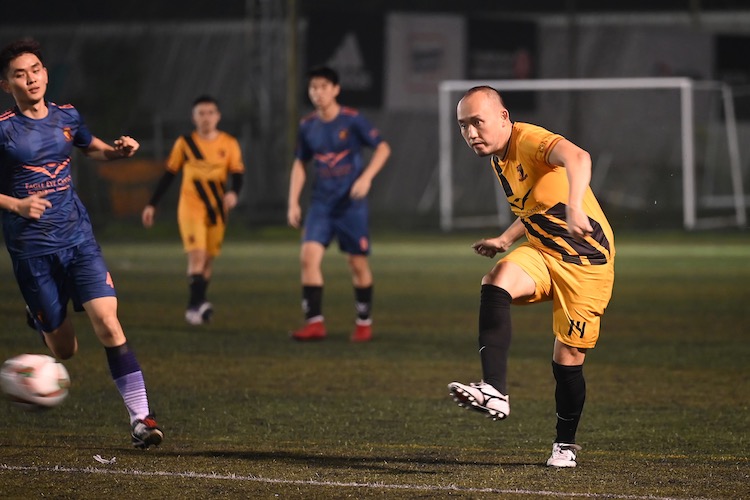
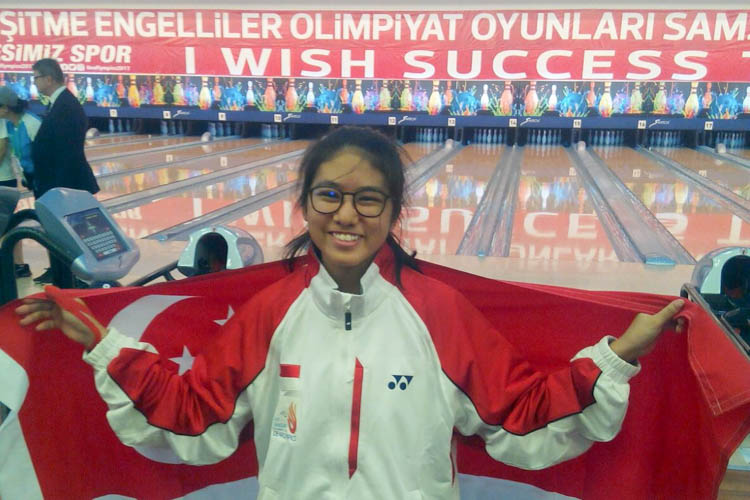
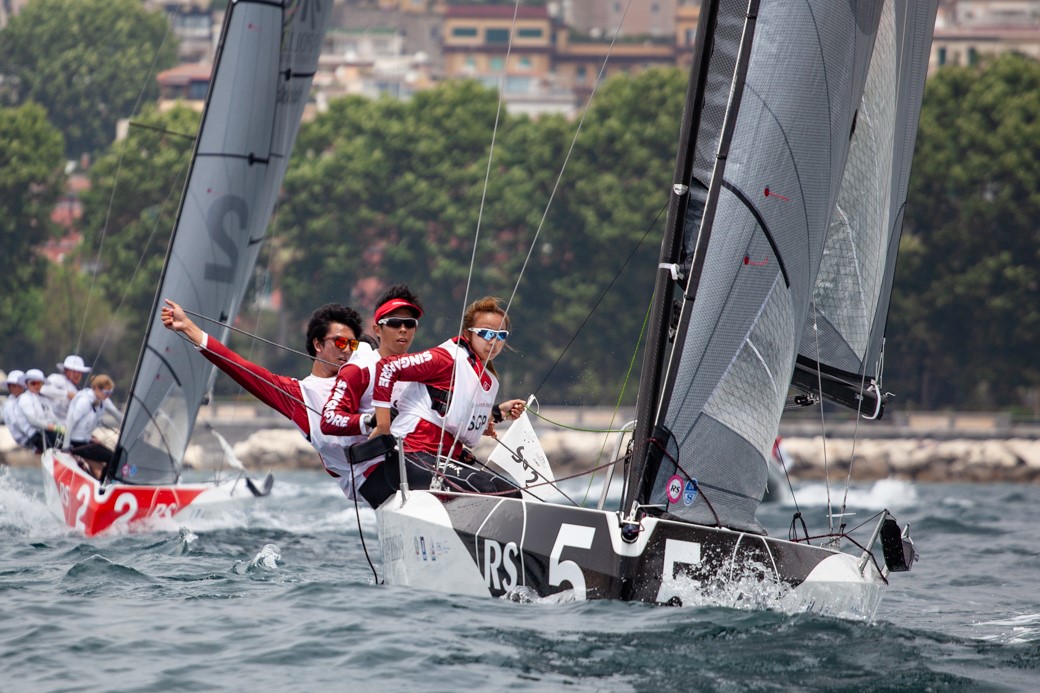
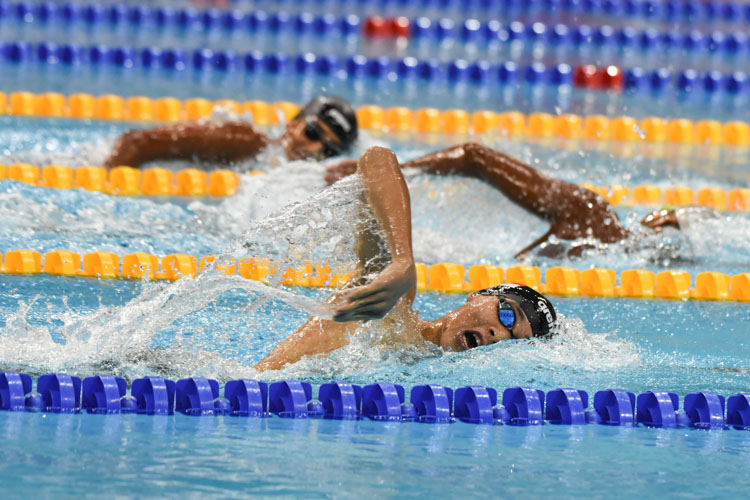
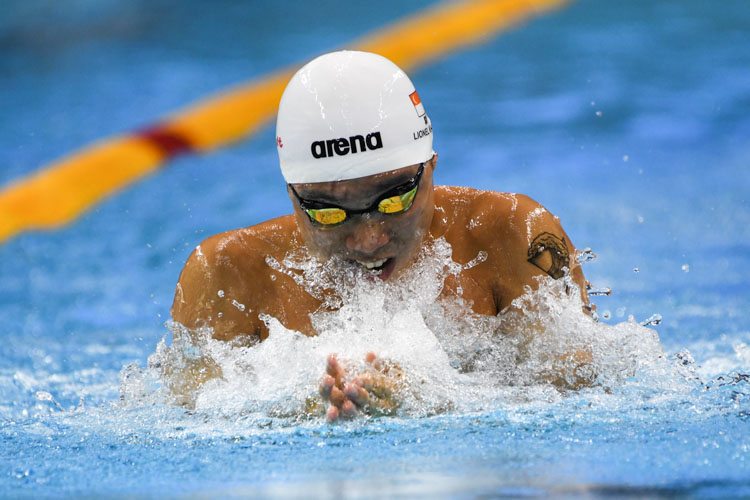
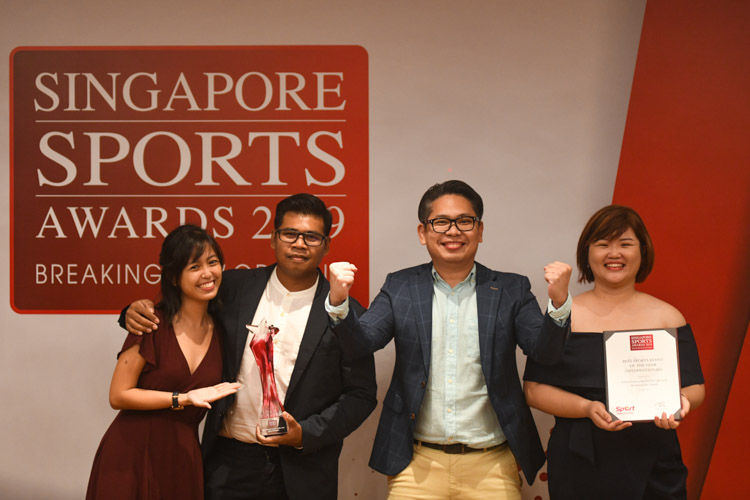
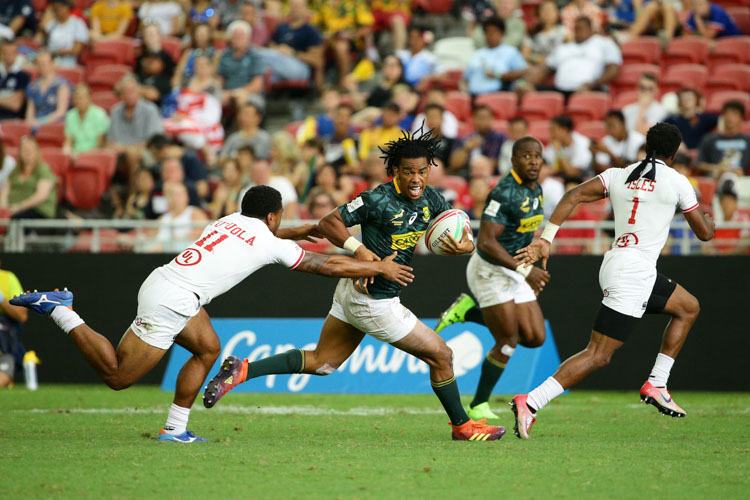
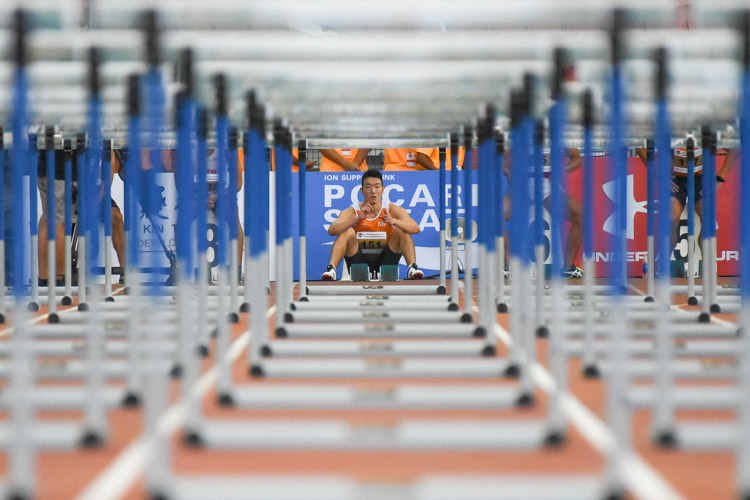
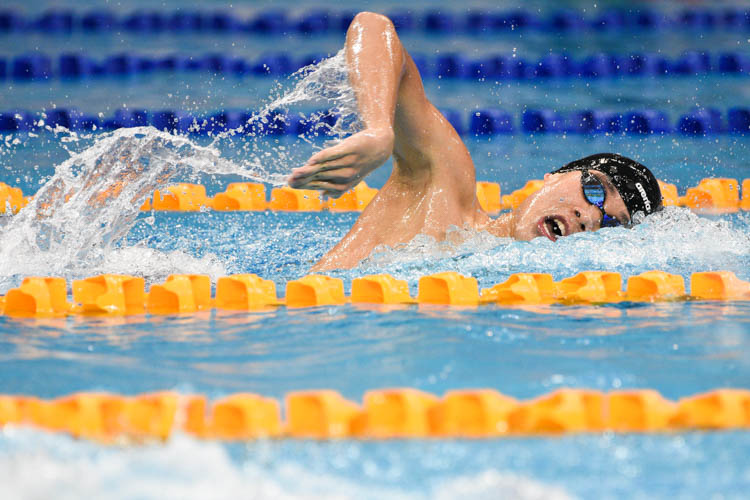
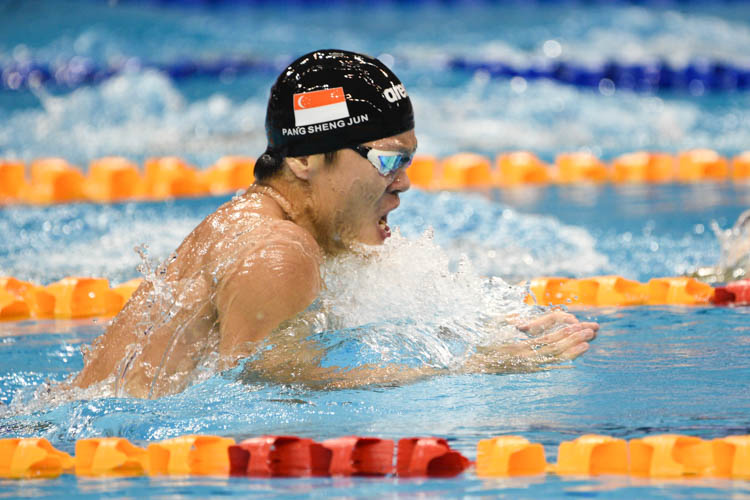
Leave A Comment